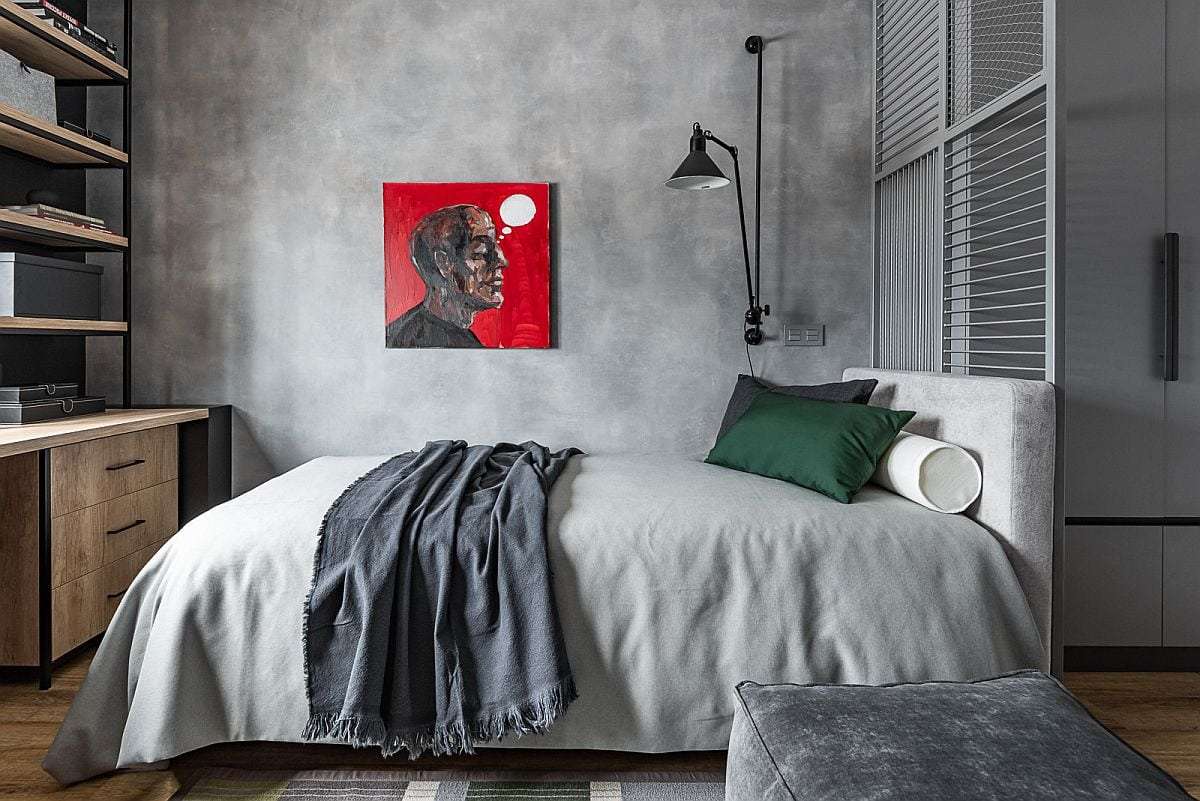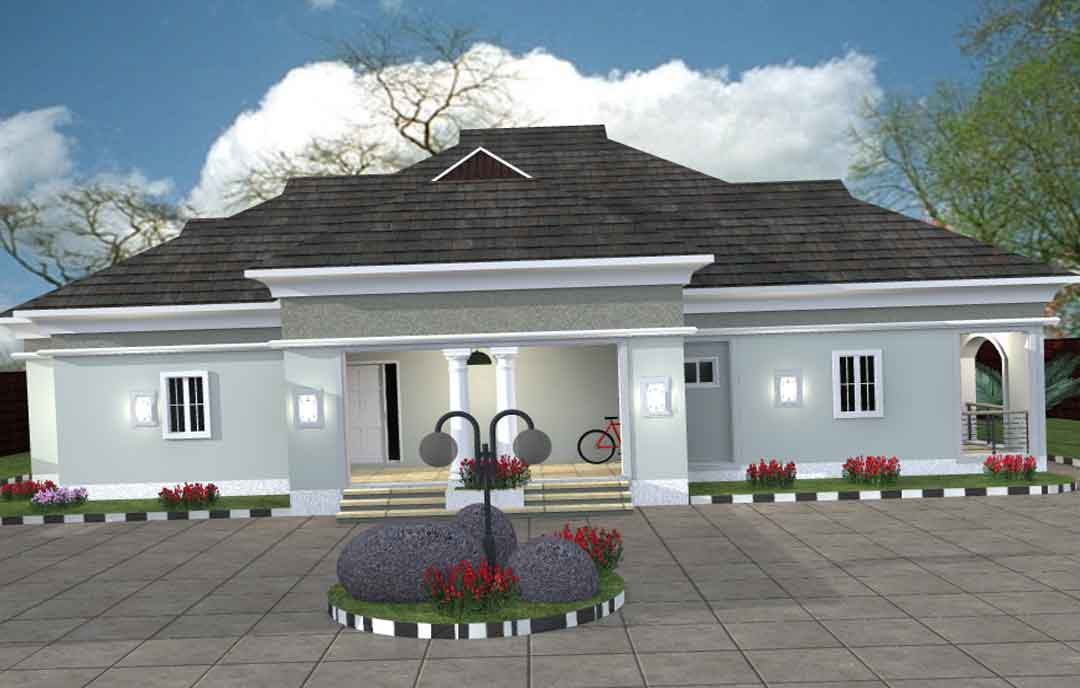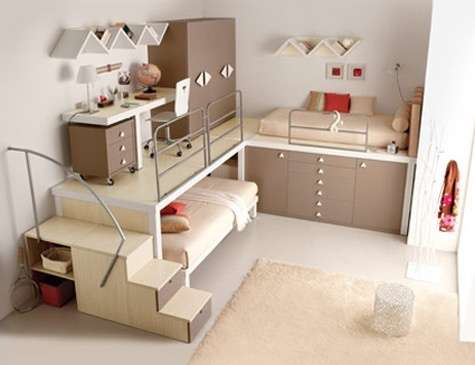The bedroom is a sanctuary‚ a place of rest and rejuvenation‚ and its design should reflect that. Often overlooked‚ the ceiling plays a vital role in creating the overall ambiance of the room. Exploring different ceiling designs for bedroom spaces can dramatically alter the feel‚ transforming it from a simple sleeping area into a personalized haven. From subtle enhancements to bold statements‚ understanding the possibilities of different ceiling designs for bedroom settings is key to crafting your ideal retreat.
Exploring Popular Ceiling Design Options
Several ceiling design options can elevate your bedroom’s aesthetic appeal. Consider the existing architecture of your room‚ your personal style‚ and your budget when making your choice. Here are a few popular options to consider:
- Tray Ceilings: A tray ceiling adds depth and dimension‚ creating a sense of spaciousness. They work well in rooms with higher ceilings and can be further enhanced with crown molding or recessed lighting.
- Vaulted Ceilings: Vaulted ceilings create a dramatic and airy feel. They are often found in older homes but can be incorporated into new construction.
- Coffered Ceilings: Coffered ceilings feature a grid of recessed panels‚ adding architectural interest and a touch of sophistication.
- Beamed Ceilings: Exposed beams add a rustic or farmhouse charm to a bedroom. They can be painted‚ stained‚ or left natural to suit your desired aesthetic.
- Drop Ceilings (Suspended Ceilings): While sometimes used to conceal pipes or ductwork‚ drop ceilings can also be used creatively with unique tiles or lighting fixtures.
Adding Personal Touches: Paint‚ Texture‚ and Lighting
Beyond the structural design‚ paint‚ texture‚ and lighting play crucial roles in defining the look and feel of your bedroom ceiling. Consider these options:
Paint and Color Considerations
- Light Colors: Light colors‚ such as white‚ cream‚ and pale blue‚ can make a room feel larger and brighter.
- Dark Colors: Dark colors‚ such as navy or charcoal gray‚ can create a cozy and intimate atmosphere. Use them sparingly‚ especially in smaller rooms.
- Accent Colors: Consider painting the ceiling a contrasting accent color to add visual interest.
Texture and Finishes
- Textured Paint: Textured paint can add depth and dimension to a plain ceiling.
- Wallpaper: Don’t be afraid to use wallpaper on your ceiling! It can add pattern and personality to the room.
- Stenciling: Stenciling can create a custom and unique design on your ceiling.
Lighting Options
- Recessed Lighting: Recessed lighting provides a clean and modern look.
- Chandeliers: A chandelier can add a touch of glamour and elegance.
- Pendant Lights: Pendant lights are a versatile option that can be used to create a focal point.
- LED Strip Lighting: LED strip lighting can be used to create a soft and ambient glow.
Considering the Practical Aspects
Before embarking on a ceiling design project‚ it’s important to consider practical aspects such as budget‚ ceiling height‚ and the complexity of the project. If you are not comfortable with DIY projects‚ it’s best to hire a professional contractor. Also‚ ensure that any changes comply with local building codes.
Ultimately‚ the best ceiling design for your bedroom will depend on your individual preferences and needs. Considering all the available options‚ you can create a ceiling that enhances the overall aesthetic of your room and contributes to a relaxing and inviting atmosphere. Choosing among the many available styles‚ it’s important to remember that the goal is to create a space you love. The final consideration in choosing different ceiling designs for bedroom areas should be your own personal taste; design the room for *you*.
.
BUDGET-FRIENDLY CEILING TRANSFORMATIONS
Creating a stunning ceiling doesn’t always require a significant investment. Several cost-effective options can dramatically improve your bedroom’s appearance. Simple paint updates‚ strategic lighting additions‚ and DIY texture techniques can transform a plain ceiling without breaking the bank. Peel-and-stick ceiling tiles offer an easy-to-install alternative to traditional tiles‚ providing a variety of styles and finishes. Creative use of existing materials‚ like reclaimed wood or fabric panels‚ can also add unique character at a lower cost. Remember to prioritize proper preparation and careful execution to achieve professional-looking results‚ even on a budget.
CEILING DESIGN AND ROOM SIZE
The size and shape of your bedroom significantly influence the effectiveness of different ceiling designs. In smaller rooms‚ avoid overly elaborate designs that could overwhelm the space. Instead‚ opt for lighter colors and subtle textures to create an illusion of spaciousness. Vertical elements‚ such as recessed lighting or vertical paneling‚ can draw the eye upward‚ making the room feel taller. Conversely‚ larger bedrooms can handle bolder designs and darker colors without feeling cramped. Consider the proportion of the ceiling to the room’s overall dimensions to achieve a balanced and harmonious look.
INTEGRATING SMART HOME TECHNOLOGY
Modern ceiling design can seamlessly integrate smart home technology for enhanced comfort and convenience. Smart lighting systems allow you to control the brightness and color temperature of your bedroom lights‚ creating personalized ambiance for different activities. Integrated ceiling fans with smart controls can regulate room temperature and improve air circulation. Consider incorporating hidden speakers into the ceiling for a minimalist audio setup. When planning your ceiling design‚ factor in the wiring and installation requirements for these smart home features to ensure a clean and functional integration.
SUSTAINABLE CEILING DESIGN CHOICES
For environmentally conscious homeowners‚ sustainable ceiling design offers a range of eco-friendly materials and practices. Consider using reclaimed wood for ceiling beams or panels‚ reducing waste and adding a unique‚ rustic touch. Opt for paints and finishes with low VOC (volatile organic compounds) content‚ minimizing indoor air pollution. Recycled ceiling tiles‚ made from materials like recycled paper or plastic‚ offer a sustainable alternative to traditional tiles. Energy-efficient LED lighting can further reduce your environmental footprint. By prioritizing sustainable materials and practices‚ you can create a beautiful and eco-friendly bedroom ceiling.






